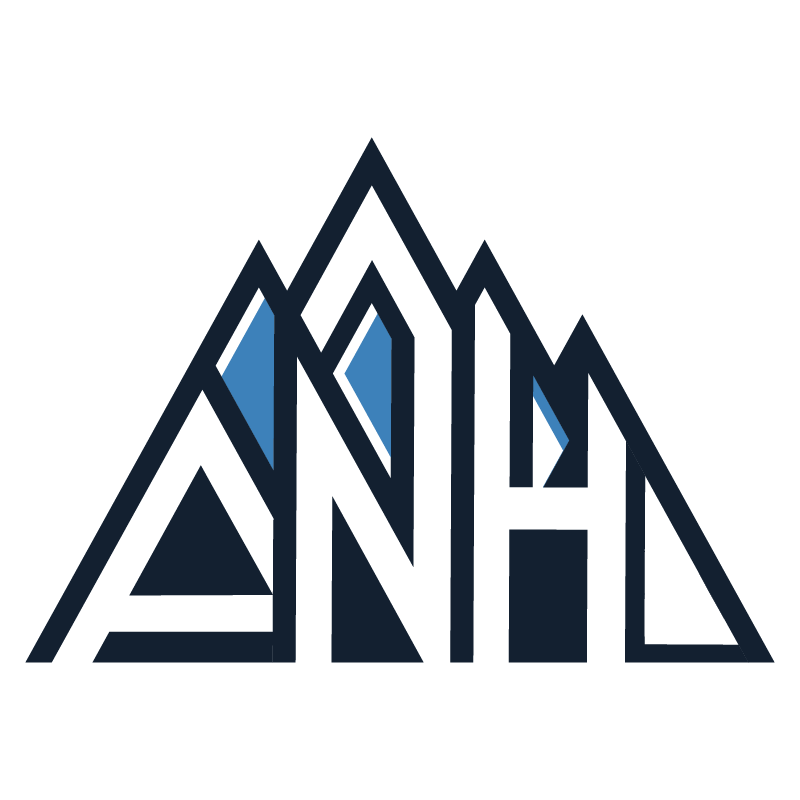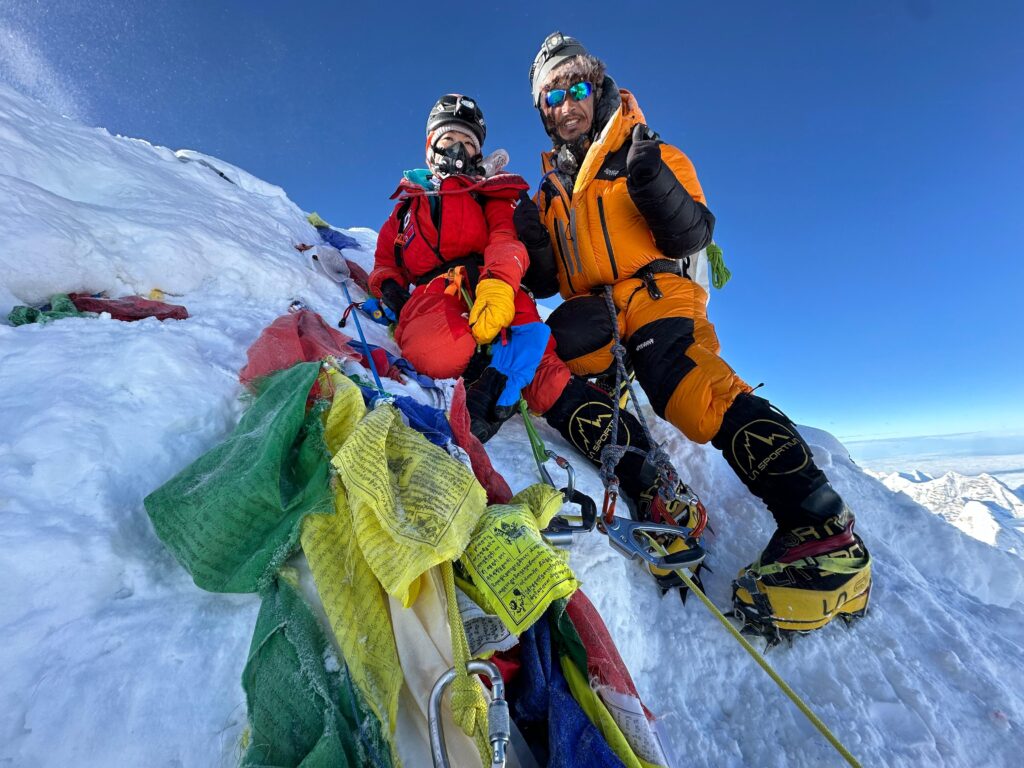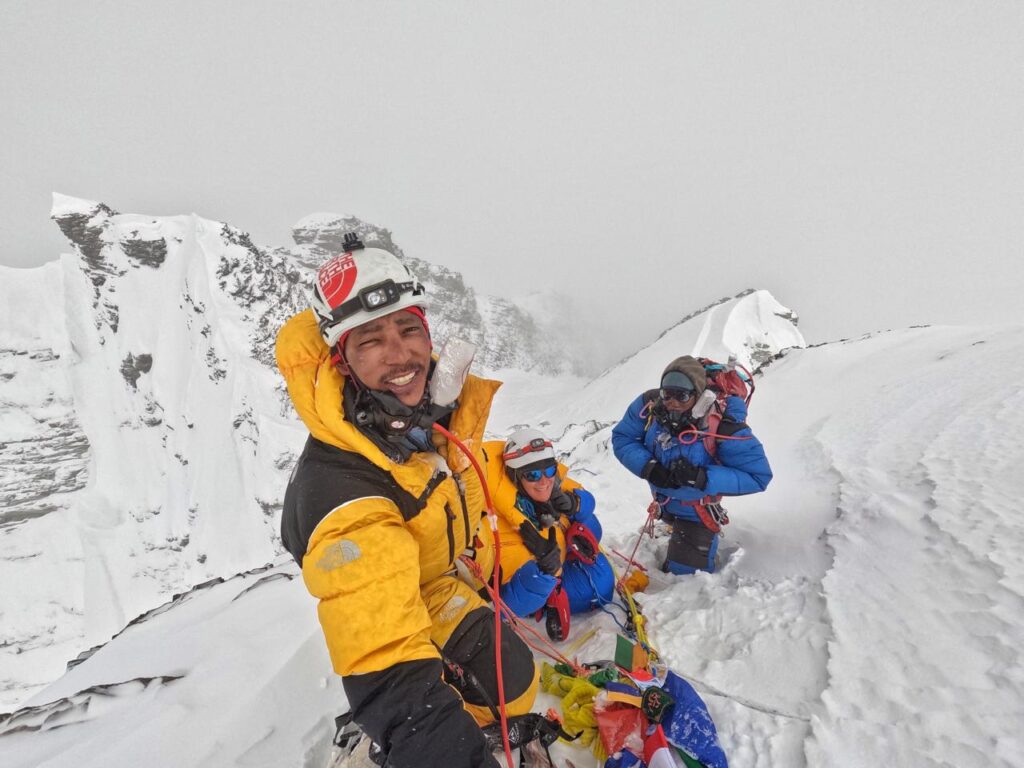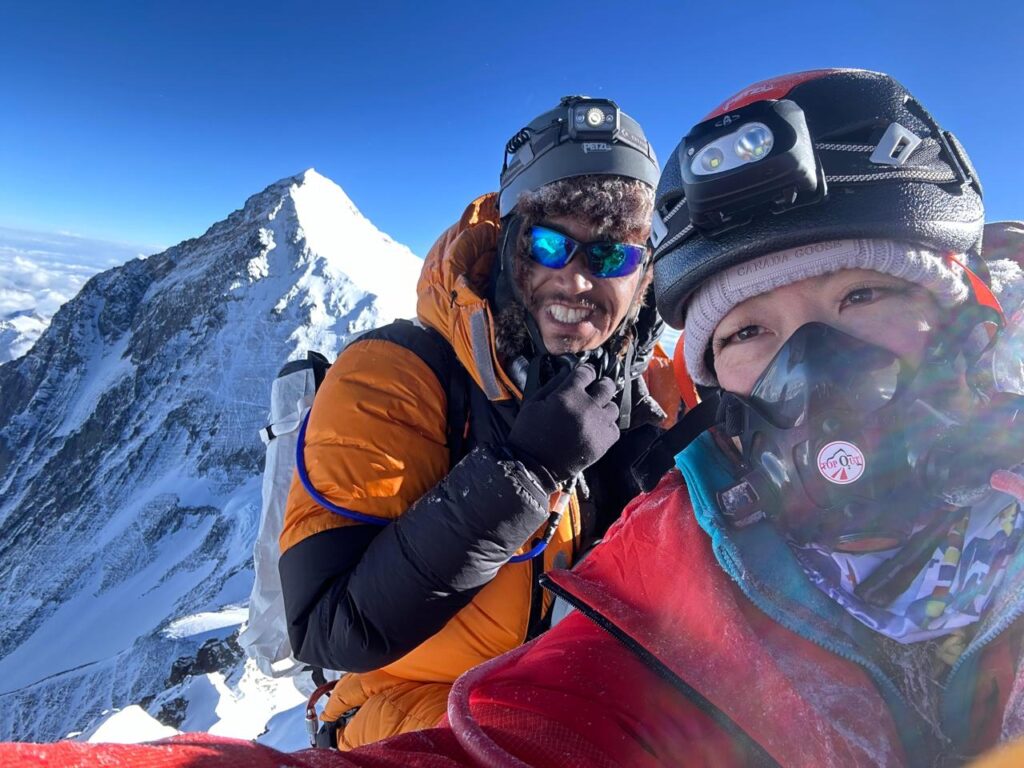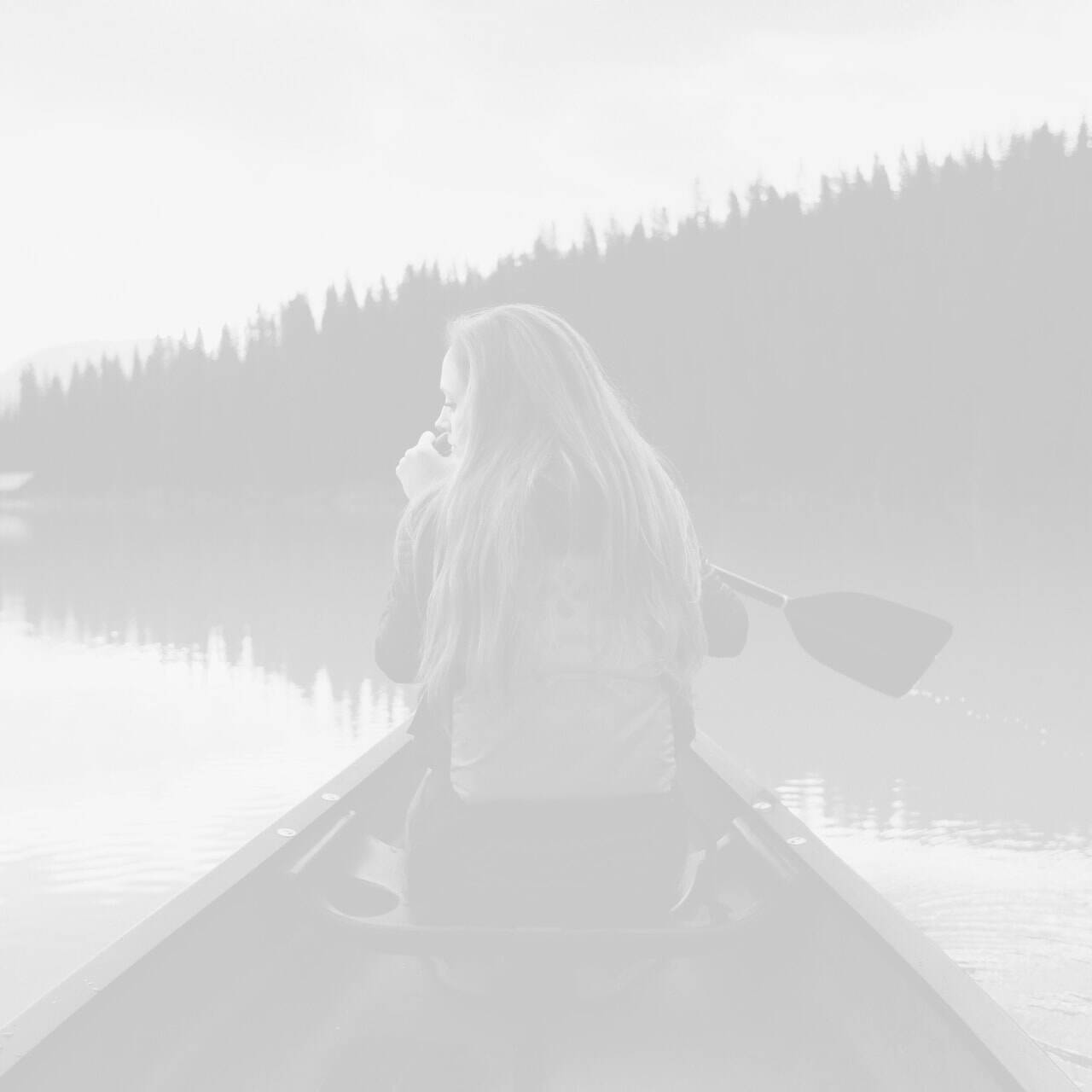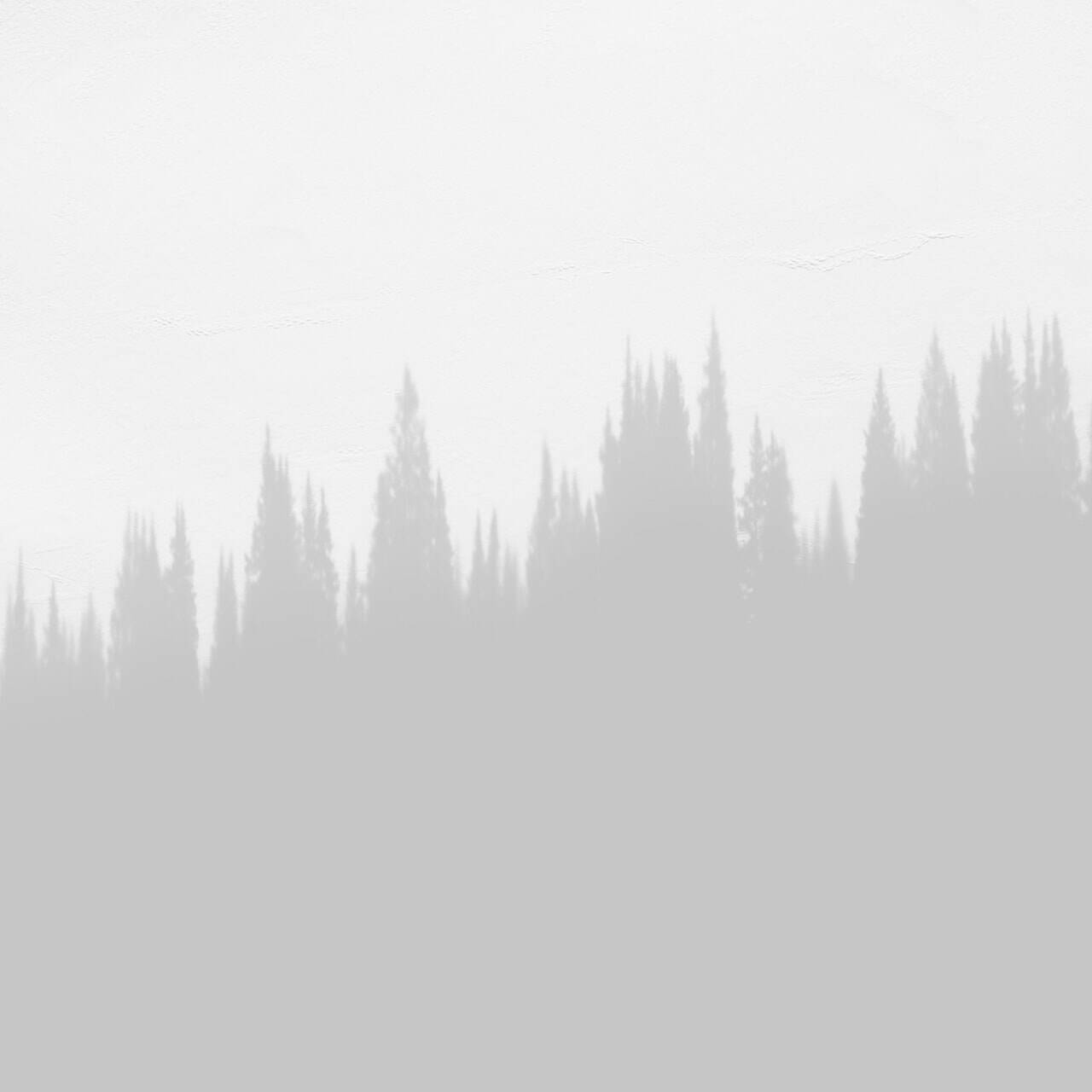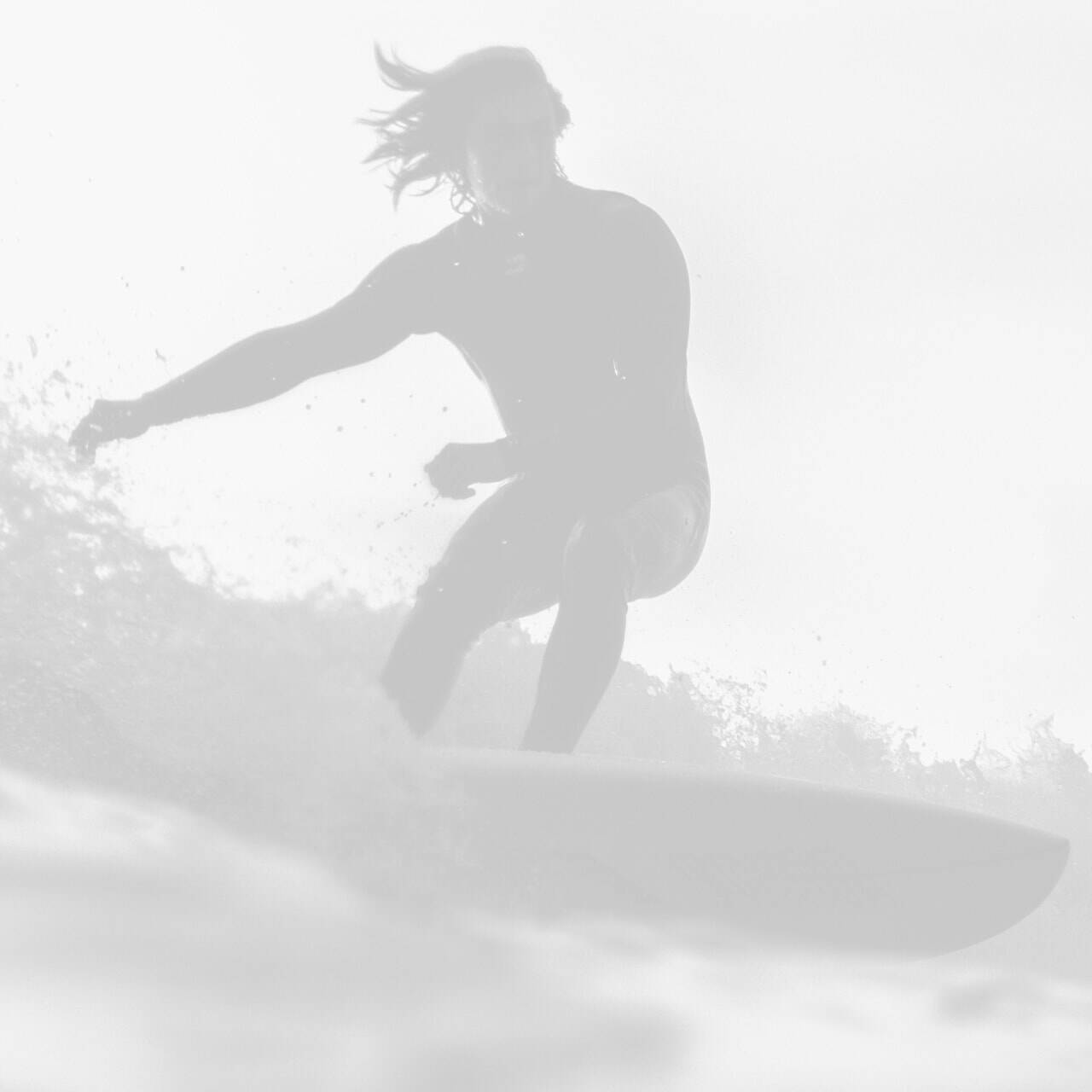Lhotse Rapid Expedition
Lhotse is the 4th highest mountain at 8516 meters in Everest region. It has three different summits and is famed for its proximity to Mt. Everest, and climbers who approach it from the conventional route spend time on its north west face.
Lhotse is the 4th highest mountain at 8516 meters in Everest region. It has three different summits and is famed for its proximity to Mt. Everest, and climbers who approach it from the conventional route spend time on its north west face. Lhotse rises only 610m. from the South Col, but it is a conspicuous mountain because of its enormous south face, the steepest in the Himalayas, with numerous unsuccessful efforts, many fatalities, and few ascents.
Detailed Itinerary
01
Arrival in Kathmandu (1,300m/4,593ft)
Upon arrival in Kathmandu, you will be greeted by our representative and transferred to your hotel. Take the time to relax and recover from your flight, as well as explore the vibrant city of Kathmandu. This day offers an opportunity to prepare for the adventure ahead and immerse yourself in Nepal’s rich culture.
02
Fly from Kathmandu to Pheriche (4,240m/14,340ft)
Today, you will take a breathtaking flight from Kathmandu to Pheriche, located in the heart of the Khumbu region. This flight offers spectacular aerial views of the Himalayas. Upon landing, you’ll start acclimatizing to the higher altitudes, which is essential for a successful expedition.
03
Day Hike to Nangkartshang Peak (5,083m/16,677ft)
You’ll embark on an acclimatization hike to Nangkartshang Peak, which offers panoramic views of Everest, Lhotse, Ama Dablam, and other towering peaks. This hike will help your body adjust to the altitude while giving you a taste of the incredible landscapes you’ll encounter throughout the expedition.
04
Trek to Lobuche (4,940m/16,210ft)
Today’s trek takes you through stunning mountain landscapes to the village of Lobuche. Passing through the Khumbu Valley, you will experience magnificent views of the surrounding peaks, glaciers, and rugged terrain. Lobuche serves as an important stop on your journey to the higher camps.
05
Rest Day at Lobuche
This day is reserved for rest and acclimatization in Lobuche. Taking time to relax is crucial to ensure that your body can properly adjust to the increasing altitude. Use this day to enjoy the views and prepare for the next stage of the journey.
06
Trek to Lobuche High Camp
Trek to Lobuche High Camp, which offers stunning, remote views of the Khumbu Glacier and surrounding peaks. The altitude will challenge you, but this gradual ascent is key to your acclimatization and ensures you’re well-prepared for the summit push.
07
Lobuche Summit and Return to Lobuche
Today, you will summit Lobuche East, reaching an elevation of 6,119m (20,075ft). After an exhilarating climb to the summit, you’ll be rewarded with breathtaking views of Everest, Lhotse, and surrounding peaks. After savoring the moment, you’ll descend to Lobuche for rest and recovery.
08
Trek to Everest Base Camp
Today, you trek to the iconic Everest Base Camp. Walking through glacial moraines and rugged terrain, you will reach the world’s most famous base camp, which lies at the foot of Everest and Lhotse. This marks the beginning of your Lhotse climbing preparations.
09
Puja Ceremony and Preparation
A traditional Sherpa Puja Ceremony will be held to bless the expedition, ensuring safety and success for the climb ahead. This is an essential part of the mountaineering culture in Nepal. Afterward, there will be time for preparation and rest before starting technical training.
10
Technical Climbing Instruction
These two days are dedicated to technical climbing instruction. You will practice critical climbing techniques, including rope work, ascending, and descending, under the guidance of expert Sherpas. This training will prepare you for the challenges of climbing Lhotse.
11
Preparation Day for First Rotation
Today is focused on preparing for the first rotation up the mountain. This includes organizing equipment, final health checks, and mental preparation for the climb. Rest is also key as the next phase of the journey begins.
12
Lhotse Climbing Period
Over the next two weeks, you will begin your ascent of Lhotse. This will involve rotations between camps for acclimatization, as well as the final push to the summit. Standing at 8,516 meters (27,940 ft), Lhotse is the fourth-highest mountain in the world, offering a thrilling and challenging climb.
13
Celebration, Pack Up, and Rest
Following your successful climb of Lhotse, the day will be spent celebrating your achievement, packing up gear, and enjoying a well-deserved rest at Everest Base Camp. You’ll reflect on the incredible journey before heading back.
14
Helicopter Flight Back to Kathmandu
After an unforgettable expedition, you’ll take a thrilling helicopter flight back to Kathmandu, bypassing the long trek back. This scenic flight provides one last opportunity to view the towering Himalayas from above.
15
Leisure Day in Kathmandu and Official Documentation
Today is a leisure day in Kathmandu, allowing you to relax or explore the city further. You’ll also finalize official documentation and permits from the expedition, marking the successful completion of your climb.
16
Final Departure
On the final day, you will be transferred to the airport for your international departure. Leave Kathmandu with unforgettable memories of conquering one of the world’s highest peaks and the extraordinary landscapes of the Himalayas.
Included in Your Trek Package:
- Arrival and Departure: Airport–Hotel transfer–Airport (Pick Up and Drop)
- Hotel Accommodation in Kathmandu: 4 nights in a 3-star category hotel on bed & breakfast, twin-sharing basis
- Permits: Expedition royalty and permit of Nepal Government to climb Mt. Lhotse, Sagarmatha National Park permit, TIMS card, Pasang Lhamu Rural Municipality entry permit and fees
- Khumbu Ice Fall Climbing Charge: Payment to SPCC (Sagarmatha Pollution Control Committee)
- Liaison Officer: Government liaison officer with full equipment ($2,500), salary, and accommodation
- Garbage Management: Stool shipment transfer and garbage deposit fees
- Insurance: Medical & emergency rescue insurance for all Nepalese staff involved during the trek and expedition
- Map: Trekking and climbing map
- Member Transportation: Domestic flight Kathmandu–Lukla–Kathmandu, as per itinerary
- Expedition Stuff Transportation: Equipment transport for members and staff from Kathmandu to Lukla (by air cargo) and to Base Camp (by porters/yaks). Return: Base Camp to Lukla (porters/yaks) and Lukla to Kathmandu (air cargo). If needed, equipment may be transferred by land (KTM–Phaplu) or by heli (KTM–Lukla)
- Member Luggage: Up to 70 kg per member during the trek, carried by porters or yaks
- Food and Lodging: 3 meals per day (BLD with tea/coffee) and accommodation at hotel/lodge/teahouse during the trek and at Base Camp. Well-managed Base Camp set up for members & staff
- Porters: Porters per member up to Base Camp from Lukla and return from Base Camp to Lukla
- Base Camp Staff: Experienced and well-trained Base Camp cook and kitchen helpers as required
- Staff Salary & Allowances: All Nepalese staff and porters’ daily wages, salary, equipment, food, and clothing
- Base Camp Tent: Individual tent in Base Camp for each member
- Base Camp Equipment: Foam mattresses and pillow per member, 1 dining tent, 1 kitchen tent, 1 communication tent, 1 toilet, 1 shower tent, 1 staff tent, 1 tent for Nepalese Base Camp staff, storage tents, tables, chairs, and all necessary cooking gear
- Heater: Heater in each dining tent and other necessary camp areas at Base Camp
- Solar/Generator/Light: Solar panel and generator for lights, battery charging, laptop, and electronic devices at Base Camp
- High Altitude Climbing Sherpa: 1 veteran and government-licensed Sherpa per member (1:1 ratio)
- Climbing Sherpa Salary & Allowance: Salary, equipment, food, and clothing for Sherpas
- Bonus: Carry bonus of Sherpas and route fixing charges
- Oxygen Bottles: 3 bottles (4L) per member and 2 bottles per high-altitude Sherpa
- Oxygen Mask & Regulator: 1 set of Summit oxygen mask and regulator for each member and Sherpa
- Backup Oxygen: Cylinder, mask, and regulator (with appropriate charge)
- High Camp Service: High altitude tent, EPI gas, cooking pot, high food for members and Sherpas, group climbing gear, and ropes at Camps 1–4
- Rope Fixing Team: Experienced Sherpas fixing the route on Lhotse (no extra charge)
- Satellite Phone: Carried by Sherpa for emergency communication (available for members at additional charge)
- Walkie-Talkie: Communication between Base Camp and mountain
- Permits: Satellite phone/walkie-talkie permit for all members and staff
- Internet Service: Internet facility (1 Mbps) at Base Camp (subject to charge)
- Weather Forecast: Meteotest (Switzerland) weather forecast during the expedition
- Medical Kit: Comprehensive medical kit for members and staff
- Certificate: Lhotse climbing certificate issued by MoCTCA after a successful summit
- Air Fare: International flight airfare (from and to Kathmandu)
- Nepal Entry Visa Fee: US$ 40 per person for 30 days (US$ 100 for 60 days)
- Lunch & Dinner: Lunch and dinner in Kathmandu (also in case of early return from trekking/expedition before the scheduled itinerary)
- Extra Nights in Kathmandu: Accommodation costs in case of early arrival, late departure, or early return from trekking/expedition
- Insurance: Travel and high-altitude insurance, accident, medical, and emergency evacuation
- Rescue Evacuation: Medical insurance and emergency rescue/repatriation costs, including medication, medical tests, and hospitalization
- Personal Expenses: Telephone, internet, toiletries, battery recharge, hot shower, laundry, and alcoholic beverages (trekking and in Kathmandu; beverages are provided at Base Camp)
- Personal Equipment: Clothing, packing items or bags, personal medical kit, and trekking/climbing gear
- Toiletries: Soap, shampoo, toilet and tissue paper, toothpaste, and other hygiene items
- Filming Permits: Special filming, camera, and drone permit fees
- Internet Service: Not included during the trek
- Rope Fixing: Cost for using fixed rope during the expedition (applies to Base Camp members)
- Summit Bonus: Summit bonus for climbing Sherpa (minimum US$ 1,500)
- Tips: Tips for Base Camp staff
- Extra Services: Any other services or activities not mentioned in the itinerary
- Other Items: Any other item not listed in the “Cost Includes” section
Packing List
Climbing Gear
- Ice Axe with leash
- Crampons
- Climbing harness
- Carabiners
- Ascender (Jumar)
- Belay device
- Prussiks
- Trekking poles
- Helmet
Headwear
- Headlamp (min. 200 lumens) with sufficient Li-Ion batteries
- Sunglasses (polarized/UV protected)
- Woolen cap
- Sunhat
- Buff scarf
- Balaclava
Bodywear (Clothing/Layering)
- Down suit
- Down jacket
- Down pants
- Gore-Tex set / Hardshell set
- Insulated mid-layer
- Fleece jacket
- Thermal set
- Quick dry shirts (half and full-sleeved)
- T-shirts
- Trekking trousers
- Additional clothing as necessary
Handwear
- Liner gloves
- Fleece gloves
- Expedition Gore-Tex gloves (heavy duty)
- Mittens
Footwear
- Trekking shoes
- Expedition climbing shoes (7000er series)
- Camp shoes / slippers
- Gaiters
- Liner socks
- Woolen/trekking socks
- Summit socks (7000er series)
Personal Kit
- Expedition backpack
- Sleeping bag (-20℃ for base camp)
- Sleeping bag (-40℃ for climbing)
- Sleeping mattress
- Hygiene kit (toiletries)
- Sunscreen (min. 50 SPF)
- Lip guard
- Water bottle
- Thermos
First Aid Kit
- Personal medications
- Personal first aid kit
Miscellaneous
- Camera and accessories
- Camp knife / multi-tools
- Binoculars / magnifiers
- Personal reading materials
- Games and entertainment items
- Pee bottles
- Dry bags / compression bags
FAQ
From our past clients on similar treks.
It’s considered an intermediate trek. A good fitness level and mental preparation are key, but with a proper itinerary and support, most people can complete it.
Everest Base Camp sits at 5,364 meters (17,598 feet).
Our itinerary is designed to allow proper acclimatization, and our guides are trained to monitor for symptoms. In emergencies, we will arrange safe descent and medical support.
Yes, comprehensive travel insurance with emergency evacuation coverage is mandatory.
We welcome solo trekkers and will match you with a group if you prefer shared experience.
Spring (March–May) and Autumn (September–November) are ideal for weather, visibility, and trail conditions.
Yes. We handle all required trekking permits for Sagarmatha National Park and Khumbu Rural Municipality.
“ I have been on many workshops with great photographers but non has ever come close to being this great. Selena took into consideration the clouds, the weather, the right times of the day and hit a home run every time. Amazing! ”
Nathan Watkins
LONDON
“ I signed up for my first workshop with Selena with a love of photography, but as a novice of real camera equipment and no experience. Somehow I convinced Selena to take me on, and he promised to help me learn to use the gear. ”
Elise Brooks
BERLIN
“ Selena private workshops were in all respects a highly rewarding experience. Her photographic expertise as well as his extensive knowledge of the street area proved tremendous assets on both the sunset and sunrise street workshops. ”
Emerson Taylor
AMSTERDAM
Ready to begin your journey?
Let’s talk about your goals, your questions, and the trek that might change everything.
